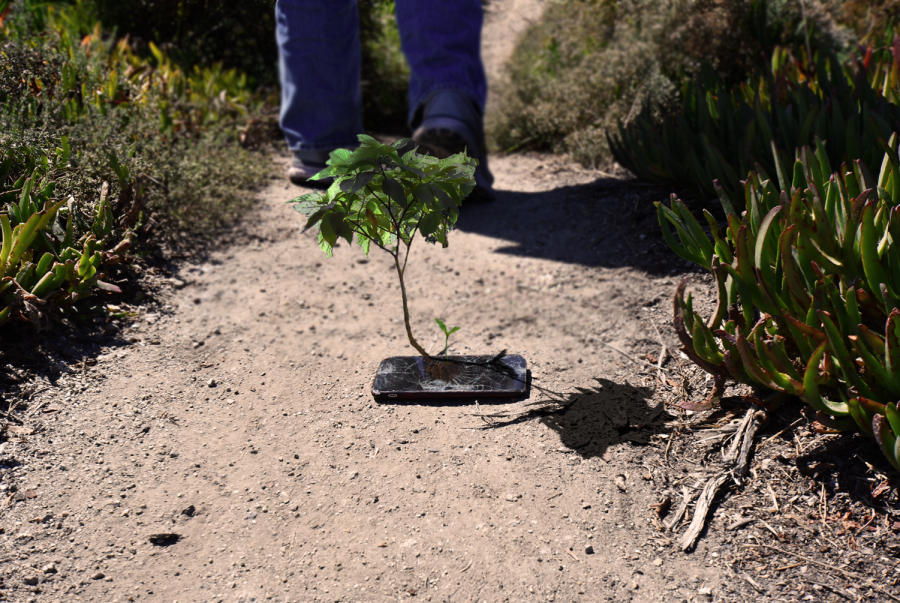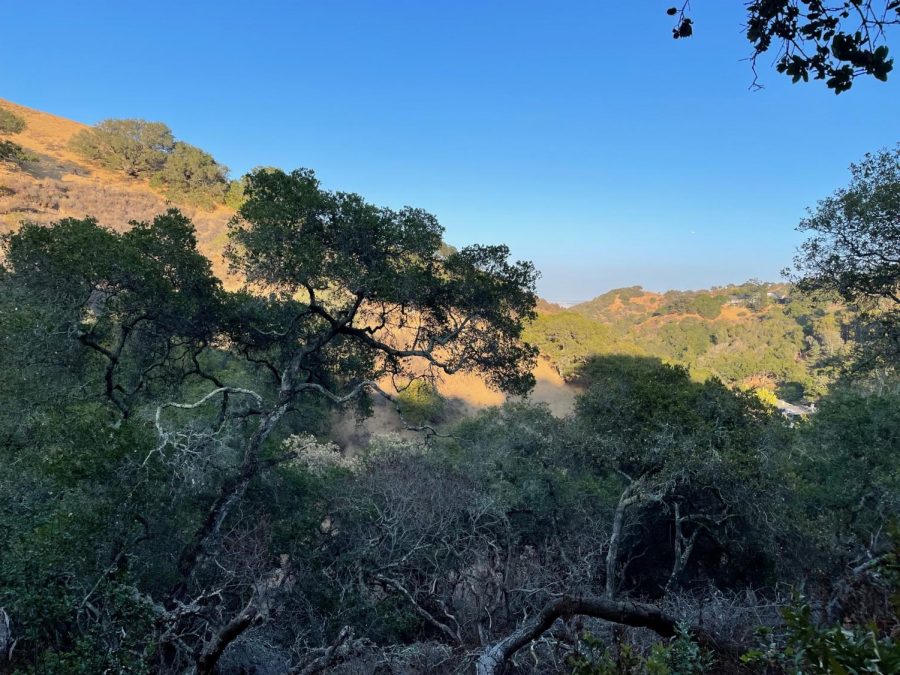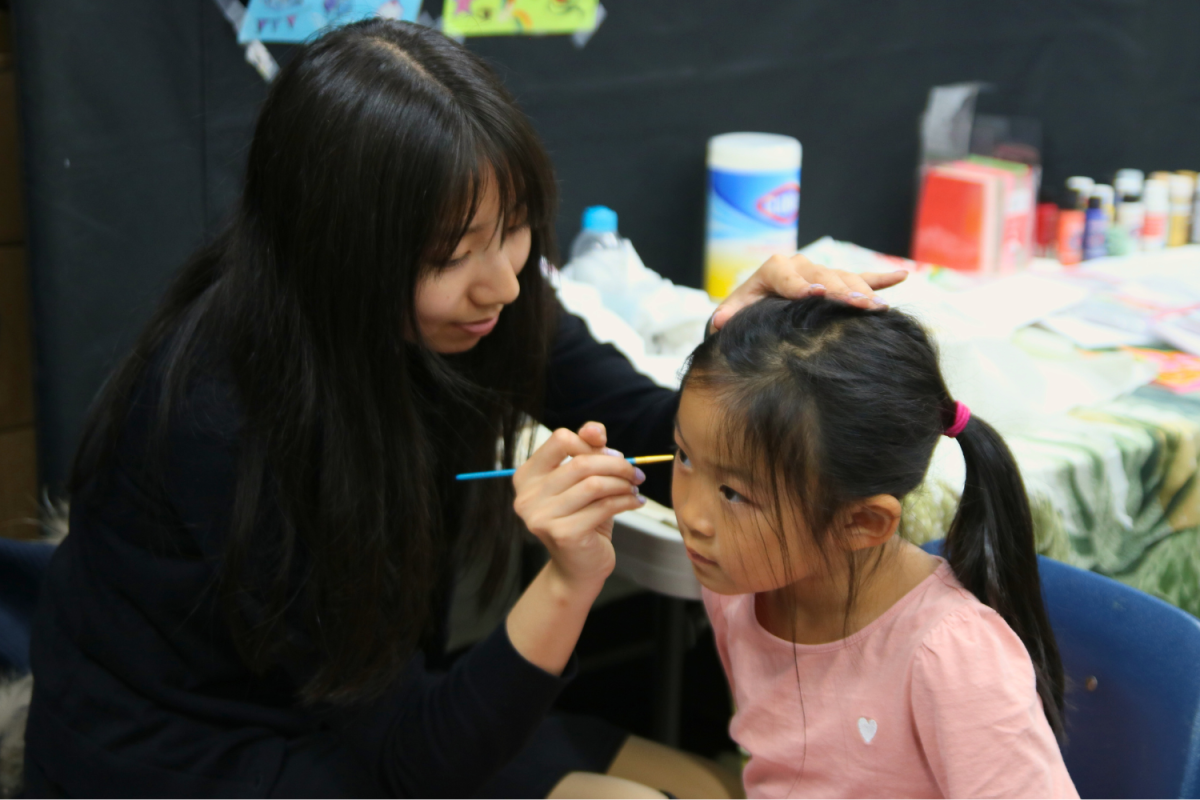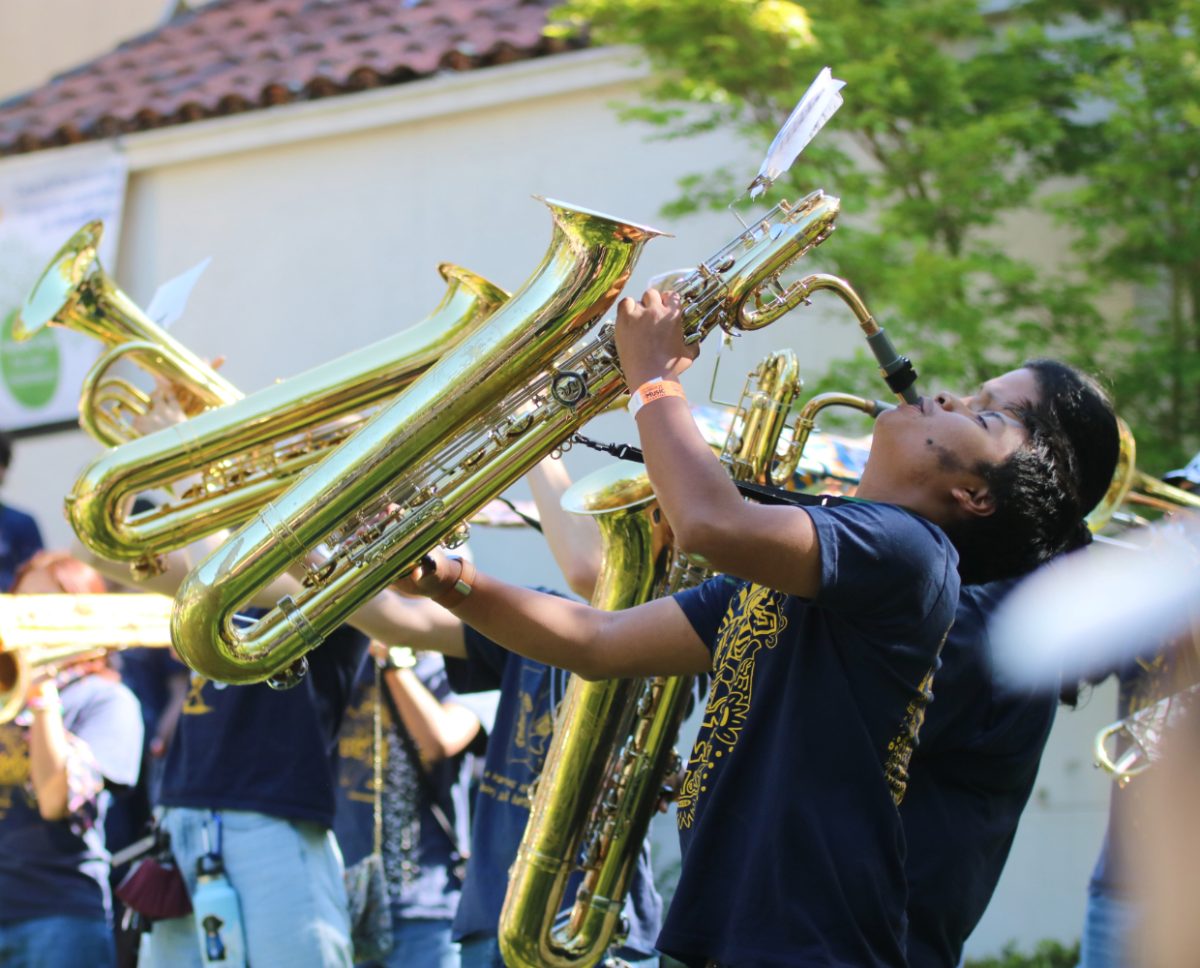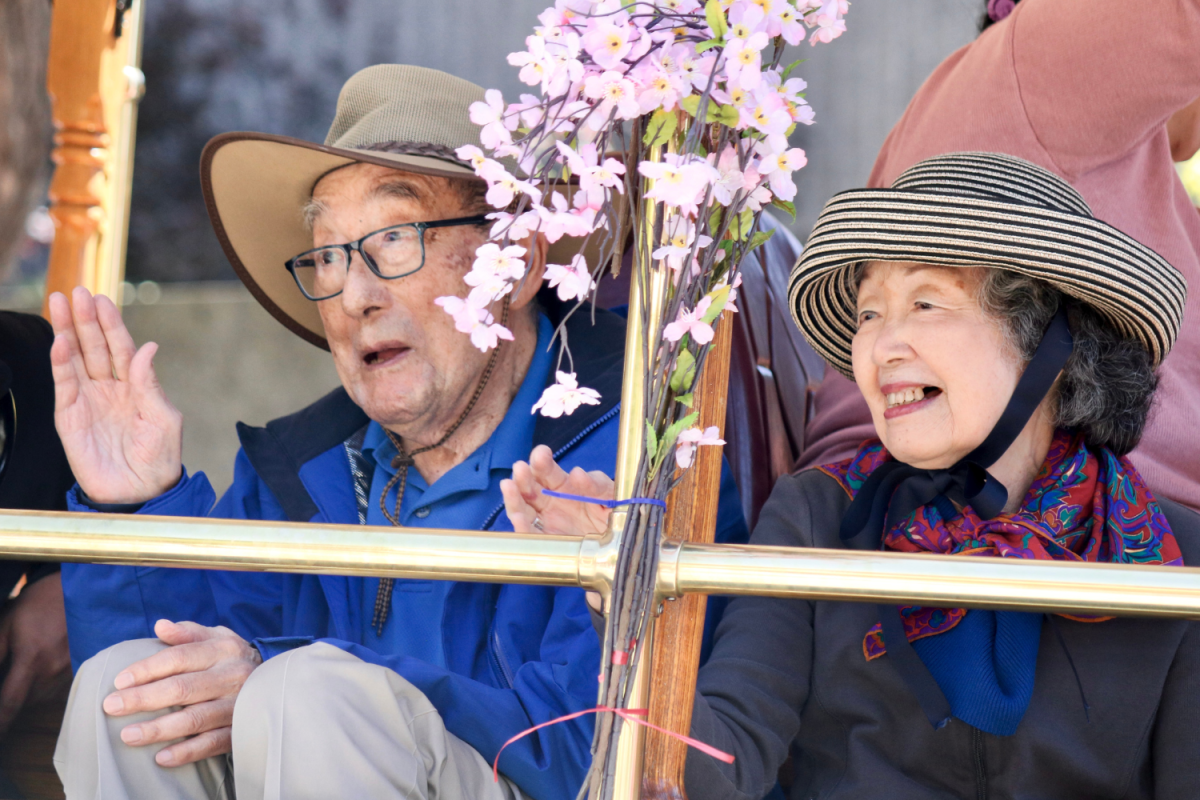Click.
Tap.
Scroll.
Like.
The use of technology has become an essential part of our lives, for better or for worse. It seems, through the haze of a more stressful, urbanized world, people might tend to take nature for granted. A potent way to stay healthy in the face of threats from technology, both mentally and physically, nature has to be taken care of, even in our crazy digital world.
Technology is a staple in our lives. We use it every day. However, overuse of digital resources can lead to many negative consequences. According to Dr. Igor Pantic’s paper on Online Social Networking, online social networks like Facebook change the way people interact. This has shown positive results, like higher self-esteem, but in some cases, negative results, such as lower self-esteem and increased depression. In an article by Bradley University, which also quoted Pantic’s work, it was said that technology, specifically the Internet, can be linked to anxiety and depression. Another author mentioned in the article, Dr. Romeo Vitelli, acknowledged the danger this posed to teenagers.
“Whether it is called ‘Internet addiction disorder,’ ‘ Internet addiction,’ or ‘ Internet compulsion,’ some adolescents find themselves unable to stay off the Internet for long and experience problems in real-life social and academic functioning as a result,” Vitelli wrote in his article.
Vitelli also linked “self-esteem, loneliness, depression, social phobia, and even suicidal thoughts” to these disorders. The amount of technostress, or the stress caused by working with computer technology daily, has increased in the past few years. This was found by scientists from various universities. In addition to that, technology can make it more difficult to fall asleep because of blue light, according to an article by the Child Mind Institute.
Shelley Bustamante, Carlmont’s mental health specialist, also had some thoughts on the matter.
“Too much of anything is not a good thing,” Bustamante said. “It’s all about balance.”
According to Bustamante, there are many problems with technology. She explained that studies had shown issues with tech and blue light regarding sleep, anxiety, depression, and emotional/social growth.
“When people are out for dinner, not just the kids, but the parents are checking their phones,” Bustamante said. “It’s not like before when people would have meaningful conversations and get to see the facial cues in the body language and have that human connection, [which] is essential for mental health and wellbeing in general.”
However, there is a solution: and it’s right outside your door.
While technology usage has been linked to adverse mental health, studies show that spending time in nature can do the opposite. It has been proven to have positive effects on physical and psychological health, but an activity that people do less and less due to increased technological usage.
Christopher Beth, the Redwood City Parks, Recreation, and Community Services Director, noted the importance of people spending time outside, mainly due to it being human nature.
“Nature is critical for mental health and with metaphysical and spiritual health,” Beth said. “I don’t think people would like being limited in a concrete jungle all the time. We’re human, we’re meant to be outdoors and to enjoy it, so I think that it’s a needed and important part of our community.”
Made with Visme
“Nature is critical for mental health and with metaphysical and spiritual health,”…“I don’t think people would like being limited in a concrete jungle all the time. We’re human, we’re meant to be outdoors and to enjoy it, so I think that it’s a needed and important part of our community.
— Christopher Beth
According to the National Park Service, there are many benefits of exploring outdoor recreation for one’s mental health. According to five different studies, increased physical activity has been shown to have a reduction in depression. It also explained a positive correlation between infrastructures like trails and recreation areas and physical activity, improving physical and mental health.
Additionally, having access to green spaces as a child is beneficial to development. According to Smithsonian Magazine, a Barcelona study showed a correlation between access to green space and increased cognitive development. One tentative factor cited as a reason for this was that green spaces absorb excess carbon dioxide in the air, thus lessening pollution in the area.
Within Carlmont, there are efforts to lessen pollution through various clubs, like the Green Team. Georgie Rauls, the co-president of the Green Team, explained the importance of having a clean environment to help protect nature.
“We try to improve Carlmont’s sustainability by organizing and managing the compost system [and] a garden with native plants that are supposed to promote biodiversity,” Rauls said.
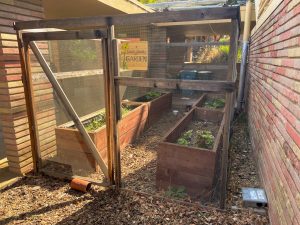
(Robin Linares)
Besides the physical benefits for nature, Rauls mentioned the positive mental state that came from working in the environment.
“It provides us an escape from the urban world. And that’s really important, and giving us a break from screens and connecting back to Earth,” Rauls said.
Bustamante also explained how going out in nature helps her balance work stressors and her use of technology.
“I’ve been here 20 years, and I don’t think I’d still be able to do this job if I didn’t have my husband, who is such a beach-loving person,” Bustamante said. “Going to the beach, listening to the waves, walking on the beach, taking our dog, and seeing how much fun they’re having on the beach. It’s been a while since that time, but just those memories of that experience can calm me and lift my mood.”
Bustamante also mentioned her luck of being just 20 minutes away from the beach, making her access to nature much more accessible. Similarly, as cities recognize the importance of green spaces, there is a push to create more infrastructure to reflect that.
As the urban world continues to expand, exemplified by the amount of increased housing and desirability of said housing, a current goal is making more green space.
Project Learning Tree explained some innovative ways to add green space into cities. Some ideas include creating miniature forests, like in Japan, where they took native plants from the forest and grew them in patches of urban land. Another example noted was PARK(ing) areas, an annual event founded in San Francisco that turns parking spaces into a park for a day.
Beth talked about ways Redwood City itself was trying to incorporate green spaces and noted a recent development to make a park within Redwood City downtown as part of the Downtown Parks Improvement Plan.
“We just launched a new Downtown Parks Improvement Plan and our idea is [creating] a linear access of publicly accessible space or park space out from next to the library and downtown, out to the bay,” Beth said. “We would convert one of our parking lots into a park, so you’re changing concrete space into a green space.”
Beth also explained ways where Redwood City is trying to incorporate some technology into nature.
“We’re trying to add WiFi into parks, so people can go out here and enjoy more outdoor space. We saw during the pandemic that maybe [people] can’t go into an office, or ‘I’m a little tired of staying at home, I need a change of scenery.’ The outdoors is safe, and there’s airflow,” Beth said.
Even though nature presents many benefits to the individual and community, its conditions are constantly declining due to climate change and other environmental disasters. But there is a light at the end of the tunnel. You and your community can all help, even a little. How? Volunteer in nature and care for it like it cares for you. Rauls and her Green Team see the precarious times we are in and are here to help.
“To do that, we have cleanups, attend climate strikes together, and organize the school compost,” Rauls said.
The team also looks at the bigger picture outside local communities, looking to larger organizations such as legislatures. They recognize that everything is connected because nature provides us with resources which we all depend on.
Even with the Green Team’s help, there is still much to be done. Enter the volunteers that populate our city and regional parks. Beth explained the role of volunteering in Redwood City Parks and some of the jobs that one could have there.
“There are lots of ways to volunteer; for instance, at Magical Bridge playground, we have a kindness ambassador program so people can come here and help with the children or people who need extra attention,” Beth said.
In addition to ordinary volunteers, Beth explained that the parks department worked with companies to supply parks with a steady flow of volunteers.
“Pre-pandemic, they encouraged their employees to have service hours every month,” Beth said.
However, this should not discourage the number of private volunteers who can also take care of the great outdoors. Beth explained how one could sign up as well.
“If you go to Redwood City Parks, there’s a volunteer tab. So from seniors to kids, after-school tutoring, park cleanup, and coaching, there are lots of different things you can do for volunteering,” Beth said.
There are also many positive benefits to volunteering in the great outdoors. Not only does one get all the mental health benefits mentioned above simply from spending time in nature, but volunteering also gives one a sense of fulfillment. It feels great to give back to one’s community, both for companies and all volunteers in general.
We have cleanups, attend climate strikes together, and organize the school compost. — Georgie Rauls
“That’s why [companies] tend to incentivize their employees to go out and volunteer and provide service hours. I think it shows a connection in the community; it’s placemaking, and it’s that sense of place or worth for themselves in the company,” Beth said. “I think it feels good to give back, and especially if it’s your own community … I think it feels good, and there’s recognition too.”
Stuart Smith, the San Mateo County Parks Volunteer Coordinator, further illuminated how vital the volunteers’ work was, especially in public parks, explaining that helpers had done 32,000 hours of labor. Additionally, he noted that people could choose what they could do to help nature and the community.
The California Coastal Commission is smart, and for the past several years, they’ve been developing an app where you can pick up trash anywhere.
— Stuart Smith
“We do natural resources management on a number of different levels; weeding and planting, invasive species removal, we build and install bird boxes, owl houses, and bat houses, and we’ve painted parking lots,” Smith said.
However, while there are activities as far as the eye can see, there are limitations to how many people can do them, especially during the COVID-19 pandemic.
“If there’s just going to be a few people, five or six people or maybe even 10, we can organize, and we can go out to some cool, semi-private little areas,” Smith said. “We’ve also had groups where there were 120, 130, or 150 people. And so that has its limitations.”
When a group of volunteers is so large, it can be challenging to find a spot for them, even if they want to help and support nature. Problems could quickly arrive due to locations for work, lunch, and if there is a project large enough even to utilize all of them. Even during the pandemic, where large group gatherings are generally frowned upon, work can still be done to protect the great outdoors we all admire. This could be done at home, for example, by picking up trash around one’s neighborhood or beach.
“The California Coastal Commission is smart, and for the past several years, they’ve been developing an app where you can pick up trash anywhere, and you can upload it onto their app,” Smith said.
The app, called Clean Swell, tracks the amount of trash people can clean up and is a great way to volunteer without going into large groups. Volunteers are necessary to keep nature thriving and accessible for generations to come.
All in all, nature is essential. We can all agree on that. Whether one is recuperating their mental health due to technology, giving back to their community by volunteering, or just taking it all in, it’s crucial to keep it in our lives. Whether this means picking up trash, volunteering in parks, or advocating for environmental justice, helping nature helps you, especially with our high speed, high-stress environment that is becoming more and more urbanized, especially in the Bay Area.
“The impact is real,” Smith said.


